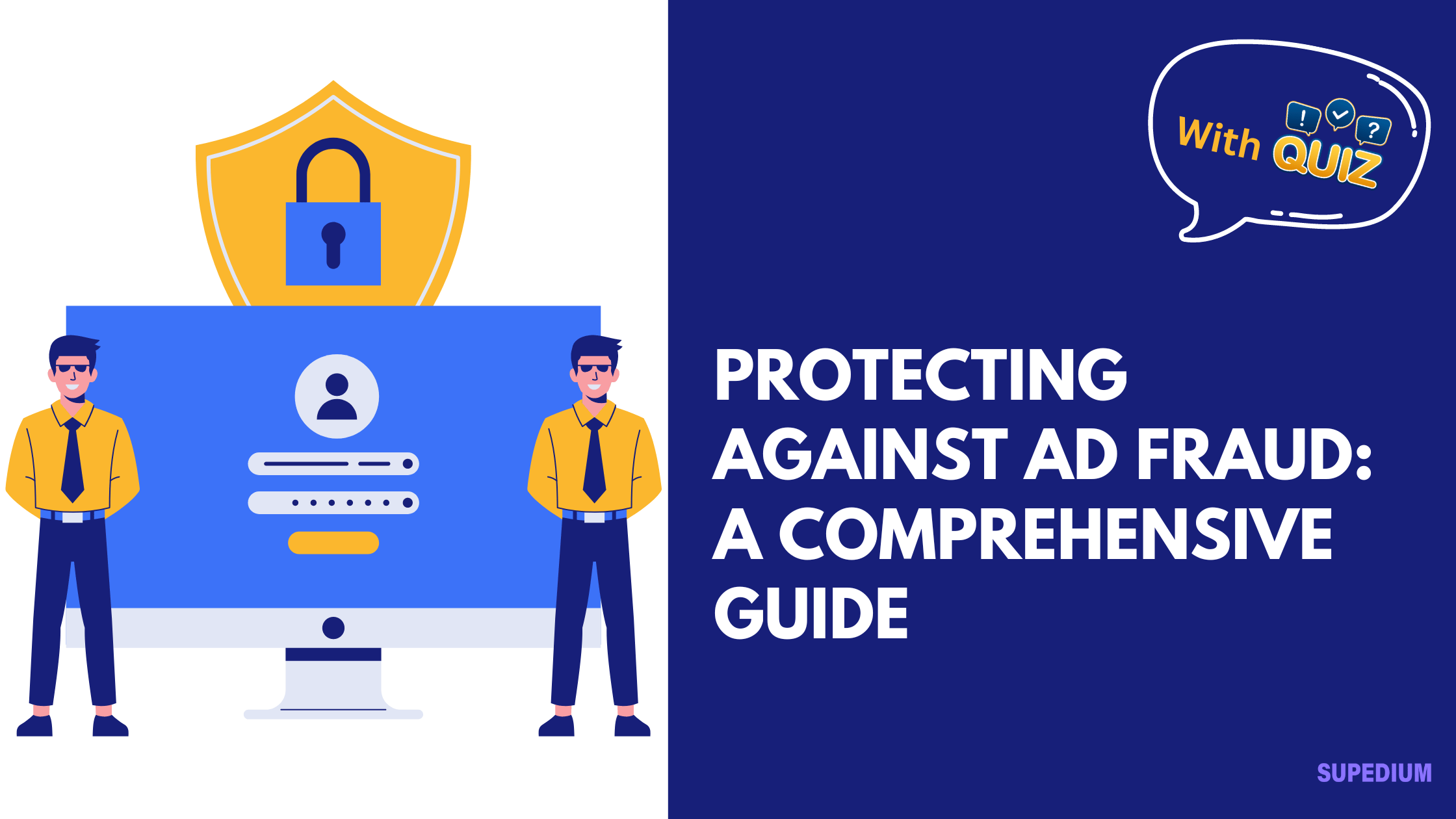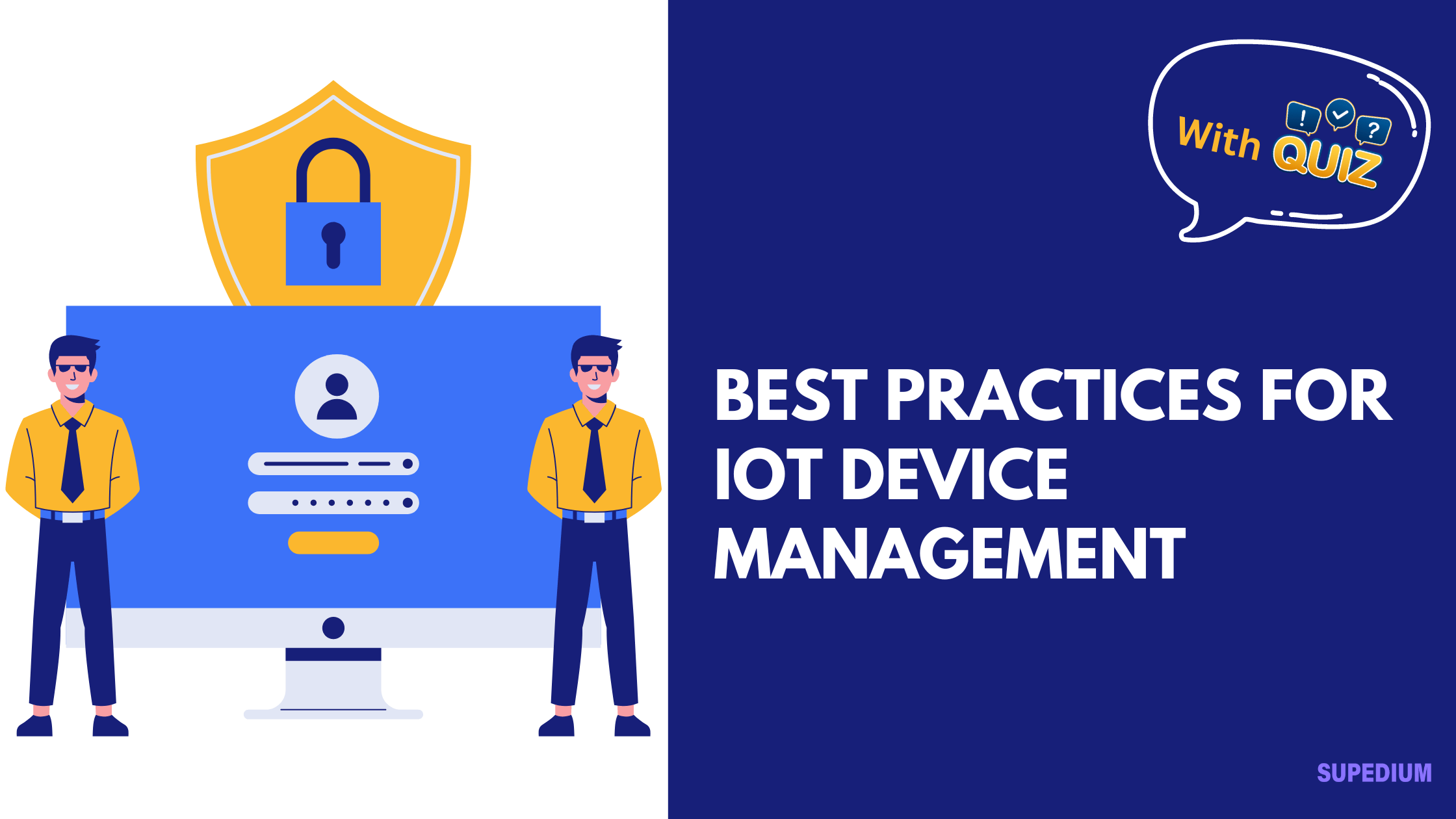Table of Contents
![]()
Ad fraud is a pervasive issue in the digital advertising landscape, causing significant financial and reputational damage. As digital advertising continues to grow, so does the sophistication of fraudulent activities. Understanding how to protect against ad fraud is essential for safeguarding your ad spend and ensuring that your advertising efforts are both effective and efficient.
What is Ad Fraud?
Ad fraud encompasses unauthorized or deceptive practices that distort advertising metrics, often leading to wasted budgets and compromised data integrity. This type of fraud can manifest in various forms, each with its own methods and impacts.
Types of Ad Fraud
Click Fraud
Click fraud occurs when individuals or automated bots generate false clicks on ads, usually to deplete an advertiser’s budget. Competitors might engage in this practice to exhaust a rival’s advertising funds, or fraudsters might use bots to click on ads repeatedly to gain financial benefits from inflated traffic numbers.
Impression Fraud
Impression fraud involves generating fake ad impressions, where ads are counted as viewed even though they may never reach a real human audience. This type of fraud inflates the number of times an ad appears, skewing metrics and wasting ad spend.
Conversion Fraud
Conversion fraud happens when fraudulent actions mimic legitimate conversions, such as fake sign-ups or purchases. This is often perpetrated by fraudsters aiming to earn affiliate commissions or bonuses based on these false conversions.
Bot Traffic
Bots are automated programs designed to mimic human behavior and generate fake traffic. This type of fraud can lead to inflated metrics and mislead advertisers about the effectiveness of their campaigns.
Ad Stacking
Ad stacking involves placing multiple ads in a single ad slot, with only the top ad being visible to users. This practice can result in multiple ad impressions being counted from a single view, artificially inflating metrics.
Pixel Stuffing
Pixel stuffing is a tactic where ads are placed in a space so small (e.g., 1×1 pixel) that they are virtually invisible to users. This allows fraudsters to claim ad impressions that never actually reach real viewers.
Domain Spoofing
In domain spoofing, fraudsters masquerade as high-quality sites to serve ads on lower-quality or fake domains. This deception can lead to wasted ad spend on sites that do not provide real value.
Detecting Ad Fraud
Monitoring and Analytics Tools
To combat ad fraud, it is crucial to utilize specialized ad fraud detection platforms. These tools analyze real-time data to identify suspicious patterns and provide insights into potential fraudulent activities.
Red Flags and Indicators
Be vigilant for unusual spikes in traffic or clicks that do not correlate with user engagement. Discrepancies between reported ad metrics and actual user behavior can signal fraudulent activity.
Manual Audits and Verification
Periodic audits of traffic sources and ad placements help in identifying fraud. Cross-referencing data with independent verification services can provide an additional layer of assurance.
Preventing Ad Fraud
Technical Measures
Ad Verification Services
Implement third-party ad verification tools to ensure that ads are served as intended and are viewable. These services help verify that ad placements meet quality standards and reach the intended audience.
Fraud Detection Algorithms
Leverage machine learning and AI technologies to detect and prevent fraud. These algorithms can identify patterns indicative of fraudulent behavior and automatically filter out suspicious activities.
Geo-Targeting and IP Filtering
Exclude traffic from regions or IP addresses that are known to generate suspicious activity. Geo-targeting and IP filtering can help focus your ad spend on legitimate and relevant audiences.
Bot Mitigation Solutions
Deploy anti-bot technologies and firewalls to prevent automated traffic from skewing your metrics. These solutions can block known bots and reduce the impact of automated fraud.
Best Practices
Vendor and Partner Vetting
Carefully evaluate and select reputable ad networks and partners. Ensure they adhere to industry standards and have robust fraud prevention measures in place.
Regular Reporting and Analysis
Conduct routine reviews of ad performance and fraud metrics. Regular analysis helps in identifying trends and addressing issues before they escalate.
Setting Up Alerts and Thresholds
Establish automated alerts for unusual activity. Setting thresholds for metrics like click-through rates and conversion rates can help in early detection of fraud.
Collaboration with Industry Groups
Engage with industry organizations and forums to stay informed about best practices and emerging fraud trends. Collaboration with peers can provide valuable insights and support.
Responding to Ad Fraud
Reporting and Claiming
When fraud is detected, report it to the relevant ad networks and platforms. Follow procedures for claiming refunds or compensation for fraudulent activities, and document all instances for reference.
Legal and Compliance Considerations
Understand your legal rights and the regulatory landscape related to ad fraud. Compliance with industry standards and regulations is crucial for protecting your business and maintaining integrity.
Adjusting Strategies
Based on fraud detection and trends, revise your ad strategies to mitigate future risks. Continuously update your fraud prevention measures to stay ahead of evolving threats.
Future Trends and Challenges
Evolving Tactics in Ad Fraud
Fraud tactics are constantly evolving, requiring vigilance and adaptability. Staying informed about new schemes and methods helps in maintaining effective fraud prevention strategies.
Advancements in Detection Technology
Advancements in AI and machine learning offer improved fraud detection capabilities. Embracing these technologies can enhance your ability to identify and prevent fraudulent activities.
Regulatory Changes
Stay updated on legal and regulatory changes affecting ad fraud. Adapting to new regulations and industry standards ensures compliance and helps protect against fraud.
Conclusion
Protecting against ad fraud requires a proactive and multi-faceted approach. By understanding the types of ad fraud, implementing robust detection and prevention measures, and staying informed about industry trends, you can safeguard your advertising efforts and ensure that your budget is spent effectively. Ongoing vigilance and adaptation are key to maintaining a secure and efficient advertising environment.






Be the first to comment